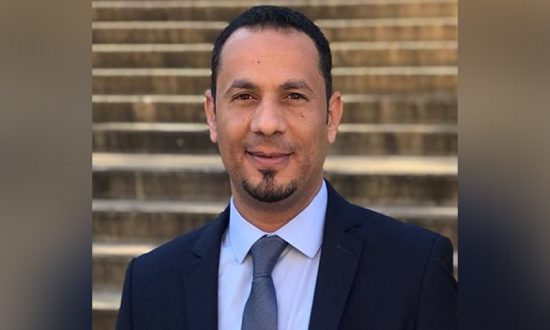An Egyptian educator, Mamdouh Elsayed was working as Head of Department of Science at Nile Egyptian School (Cambridge curriculum) till August 2017. While working in Nile Egyptian School, he acquired both Cambridge International Certificate for teachers and trainers (CICTT) 2013, Cambridge International Diploma for teachers and trainers (CIDTT) 2015, and an Advance Diploma in item writing from the University of Cambridge 2016, which qualified him to write Science Cambridge Assessment for Grades 3-8. He then moved to Dubai to start working as Head of Department of Science in Al Maaref Private School (American curriculum) in August 2017.
Geoffrey Moore once said, “Without big data, you are blind and deaf and in the middle of a freeway.”
Assessment is one of the most important pillars of education. It is the essential tool that educators use to measure, evaluate, and document the academic progress, attainment, and readiness of students. Educators use a variety of methods and tools to accomplish this goal. For that reason, we have different types of assessments that target different aspects of students’ learning and academic progress. For instance, assessment for learning AfL is targeting detailed feedback which is used to improve of students’ learning. Additionally, assessment of learning AoL, which is used to assess students’ learning outcome and achievement by the end of a specific lesson, chapter, and/or a unit. Furthermore, assessment as learning AaL is an assessment that empowers students’ abilities to self-assess their own work and monitor their own progress in order to reflect on the quality of their work and to make adjustment accordingly.
Whether having an assessment of learning, for, and/or as learning, teachers need to have solid proof of their students’ learning. Here comes the role of data triangulation, where teachers/school will need to verify their student’s evaluation.
According to NWEA.org, data triangulation is defined as “the process of using at least three points of data when making educational decisions. Any single interim assessment score is subject to environmental or motivational influences which can affect its accuracy.”
Data triangulation can be attained from different sources and we are going to focus on three sources.
One of the most important sources of data – and which is ignored or missed by most of the educators- is the constructive conversation between teachers and students and which takes place during/after the sessions and break time. These conversations provide teachers with a great source of data that teachers can use to modify, alter, and developed their instructional and pedagogical processes. Mostly it is informal talks where the teacher can judge his student language skills.
The second source of data is Observation; Teachers’ observation can take place before, during and after the class time. In most of cases, teachers observe students’ engagement and behaviour in the classroom to monitor class and adjust students’ behaviour. However, teachers should shift their paradigm towards observation from using it as a classroom management tool into an essential data collection source. There are rich sources of data that can be reflected from students’ engagement and involvement in individual, pair and/or group work. Teachers’ observations can be documented using a running record or checklist. These observation outlines should identify and highlight the specific data segment during the designated observation day. Furthermore, teachers should take subjective and anecdotal notes about their observation. The notes should be targeting a clear record of evidence of what a student is doing, how they are working, which concepts the student has grasped, and which concepts the student still struggles with. In order to make this process worthwhile, the teacher may choose to only observe a small number of students in one class period; Doing that will enable the teacher to observe the selected students for longer periods of time and during different activities and contexts.
Once the observation process is completed, the checklist results or anecdotal notes should be archived a file for each student. This process allows the teacher to track each student’s progress over time in a much more effective and accurate manner.
The third source of data is the students’ product. Students’ products refer to tangible materials, such as tests, tasks (internal and external) and which are used to assess student learning.
These products are used to demonstrate what the students’ capabilities and attainment after the learning process. However, the critical question here is to what extent these collected data from students’ product can be valid and accurate? In order to do that with a high level of accuracy and validity, the school should utilize the role of CAT4 test data. CAT4 shows the potential of each student in 4 different batteries, by comparing the students collected data against his/her CAT4 SAS score. Furthermore, assessment coordinators collaborate with the teachers in order to make judgments and adjustments to students’ learning processes according to their needs.




